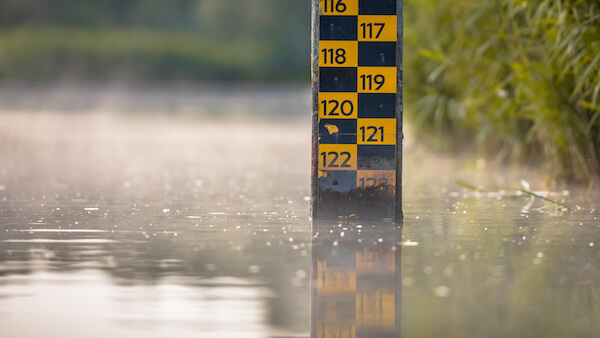Water is essential for all life on Earth. Not only does it sustain our physical health and well-being, but it also supports a variety of ecosystems and plays a crucial role in the global climate. However, with the increasing effects of climate change, water resources are becoming more unpredictable and vulnerable. This has significant impacts on human communities, especially those living near bodies of water.
To protect communities from the risks of changing water levels, monitoring systems have become essential. These systems track and analyze water levels in rivers, lakes, and oceans, providing critical information for decision-making and emergency response.
The Importance of Monitoring Water Levels
Climate change is causing shifts in precipitation patterns, leading to extreme weather events such as floods and droughts. This makes it challenging to manage water resources and predict potential hazards. Monitoring water levels helps to address this challenge by providing real-time data on the current state of bodies of water. This information is crucial for understanding the impact of weather events, identifying areas at risk, and implementing appropriate measures to mitigate damage.
Moreover, monitoring allows us to track long-term trends in water levels, providing insights into how climate change is affecting different regions. By analyzing this data, scientists can make predictions about future water levels and help communities prepare for potential risks.
To enhance the accuracy and reliability of water level monitoring, the use of advanced technology such as the submersible pressure transducer has become increasingly popular. These devices are engineered to withstand the harsh conditions found in aquatic environments, providing precise measurements of water pressure which, in turn, are used to determine water levels. The deployment of submersible pressure transducers in rivers, lakes, and reservoirs around the world significantly improves our ability to monitor changes in water levels in real time.
Protecting Communities from Floods
One of the most significant threats to communities living near bodies of water is flooding. As weather patterns become more unpredictable, the risk of floods increases. Monitoring systems play a crucial role in identifying areas at risk and providing early warning. By measuring water levels, these systems can alert authorities to potential flooding, allowing for timely evacuation and emergency response.
Furthermore, monitoring systems can help communities prepare for long-term changes in water levels. By analyzing historical data, scientists can predict future trends and work with communities to develop appropriate adaptation strategies. These may include building flood barriers or implementing land-use management to reduce the impact of floods.
Managing Water Resources
Not all communities are at risk of flooding; some may struggle with droughts or water scarcity. Monitoring systems can also support effective management of water resources in these situations. By providing real-time data on water levels, authorities can make informed decisions about how to allocate and conserve water resources. This is particularly important in areas where water resources are limited, and droughts occur frequently.
Additionally, monitoring systems can help identify potential issues in water distribution systems. By continuously tracking water levels, authorities can detect leaks or other problems early on and take appropriate action to minimize waste and ensure a steady supply of clean water for communities.
Conclusion
As climate change continues to affect our planet, monitoring water levels has become an essential tool for protecting communities. By providing real-time data and long-term trends, these systems enable effective decision-making and emergency response, as well as supporting sustainable management of water resources. With the use of advanced technology and ongoing research, we can continue to enhance our understanding and monitoring of changing water levels, ultimately safeguarding communities around the world from the impacts of climate change.
Do you live in a community near a body of water? If so, are you aware of any monitoring systems in place to track water levels and protect your community? Share your thoughts and experiences in the comments below.

